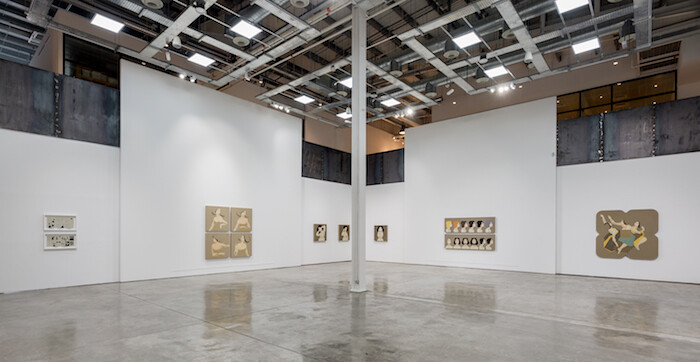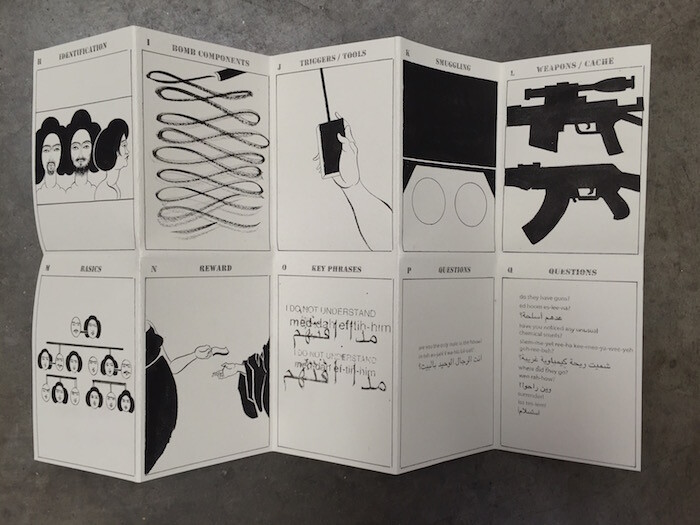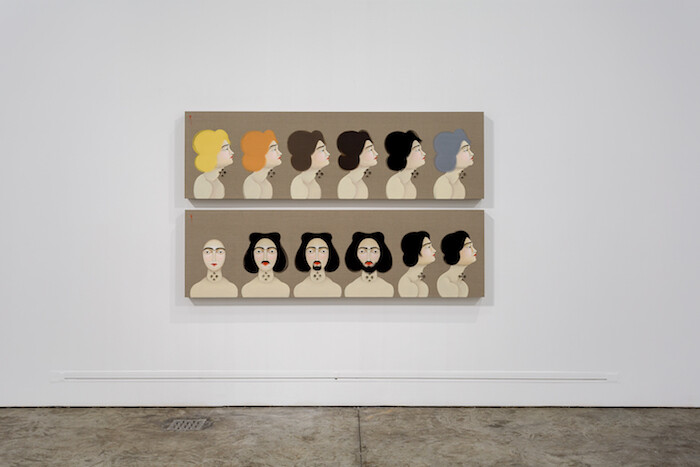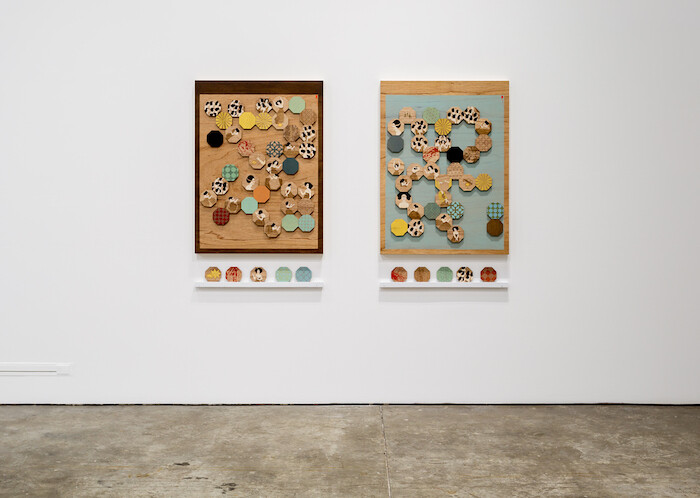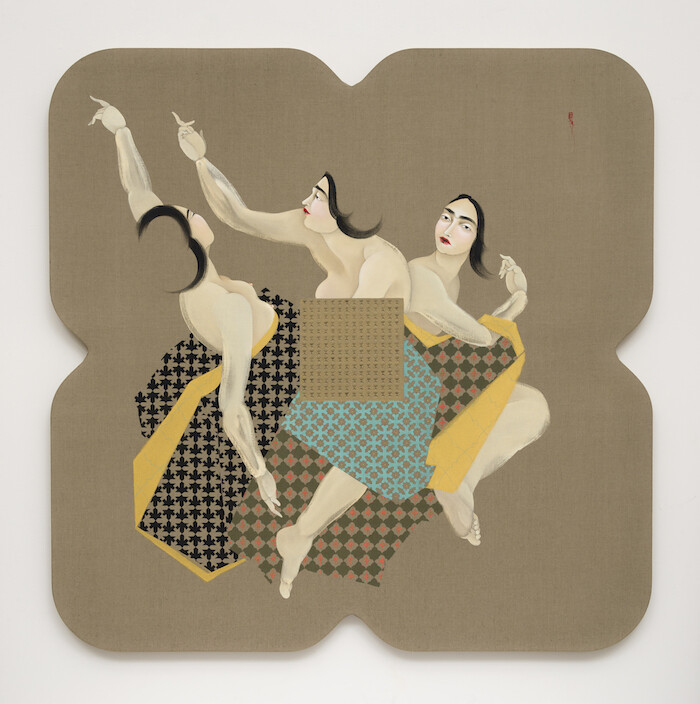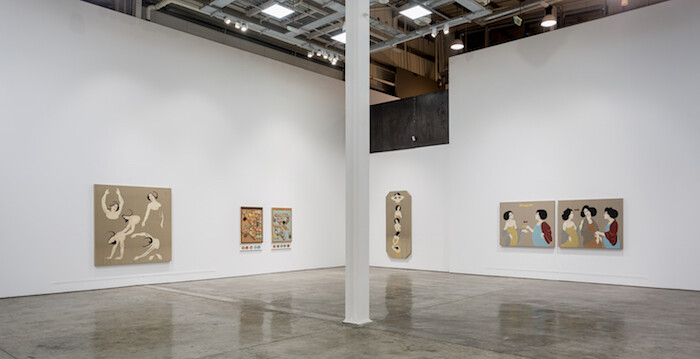I passed a group of women wearing hijab on the beach the other day, talking in Arabic and English. They had pulled their chairs into the water and were sitting with the bottom of their skirts in the sea. “It’s hard for our sex to find happiness,” I heard one remark as I walked by. It was a comment so profound it almost felt scripted: this scene of women, draped in emblems of their gender, idly dropping historical truths.
Homosociality always makes the outsider covetous of insider knowledge. “What do women talk about,” I imagine men asking, “when we are not there?” Women alone together become not a group but a clique, a coven, a harem. In the Western imaginary of the Middle East, this assumption of difference is amplified by the Orientalization of Arabs, and the popular portrayal of Western–Middle Eastern relations as fundamentally adversarial. For US soldiers during the Iraq War, for example, curiosity about the other turned into paranoia and fear, when any Iraqi or group of Iraqi men could be a threat. In her current show at The Third Line, Hayv Kahraman explores these layers of cultural exclusion, desire, and apprehension, drawing a line between the representation of exotic womanhood and her memories of the Iraq War, which she experienced as a child. The very language of Orientalized stylization becomes a means of occlusion, whose apparently benign eroticism masks a deeper history of colonialism, foreign invasion, and violence.
Kahraman uses as a basis for the show the “Iraq Culture Smart Cards” that were given to US soldiers to help them communicate with Iraqis. These ranged from matters of cultural sensitivity, to drawings for identifying individuals, to the translation of questions: “Are there traps?” “Where are they hiding?” “Can you get us out of here safely?” Kahraman transposes the attempt to relate to a possibly hostile enemy onto the iconography of exotic representation, drawing on Persian, Arabic, and Japanese traditions in folds of geometric prints, painted red lips, and black-lined eyes. These women, in a mix of the bouffant hairstyles of ukiyo-e courtesans and the fine lines of Persian miniatures, become the models for oil on linen paintings that reimagine the smart card illustrations. Half-clad women point left, right, back, and straight (the series “Get Directions”; all works 2016), or are used to show how to search detainees, as in Search: Ask one prisoner to come close to translate for others, where a woman is shown in five different positions, such as with her arms aloft, or her hands placed on the ground, bending over. Kahraman imagines her own smart card, replacing the scientific body chart with a finely rendered drawing of a nude woman, and the escalating pain scale with one iterated image of a face scrunched in pain. The visual language of the Iraq War is one of difference and hostility wedded together.
A second strand of Kahraman’s show, referenced in its title, “Audible Inaudible,” attests to how sound can also be used as a weapon and a shield. Kahraman investigated the trauma of her memory of sirens during the war—announcing death and destruction—with the ethnomusicologist Martin Daughtry. Daughtry has explored how the body can defend against as well as receive sounds, as in the interview he conducted (recounted in the show’s press release) of an Iraqi woman who protected her children from the noise of the sirens by pressing her arms against their ears. Kahraman develops this idea by puncturing her canvases with acoustic foam—the type used for earplugs—marring her paintings with violence at the same time as making them into sound shields. Identification (Hair Color), for example, shows a woman in profile with a spectrum of different hair colors. Four punctures of acoustic foam, arrayed in a precise, methodical grid, pierce each image’s neck like bullet wounds. This woman, with her thick eyebrows and lidded eyes, has been the other throughout art history: Kahraman’s accomplishment is to contextualize this in personal history and recent, but enduring, conflict.

